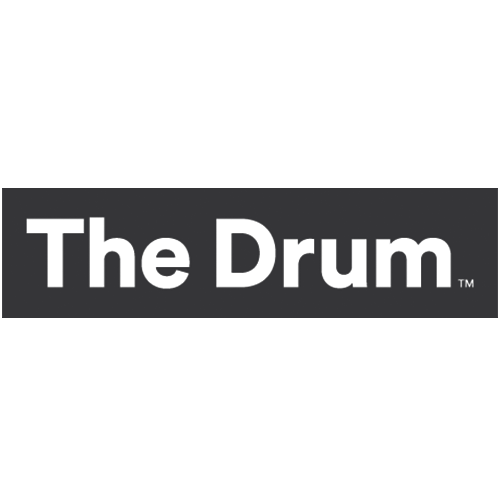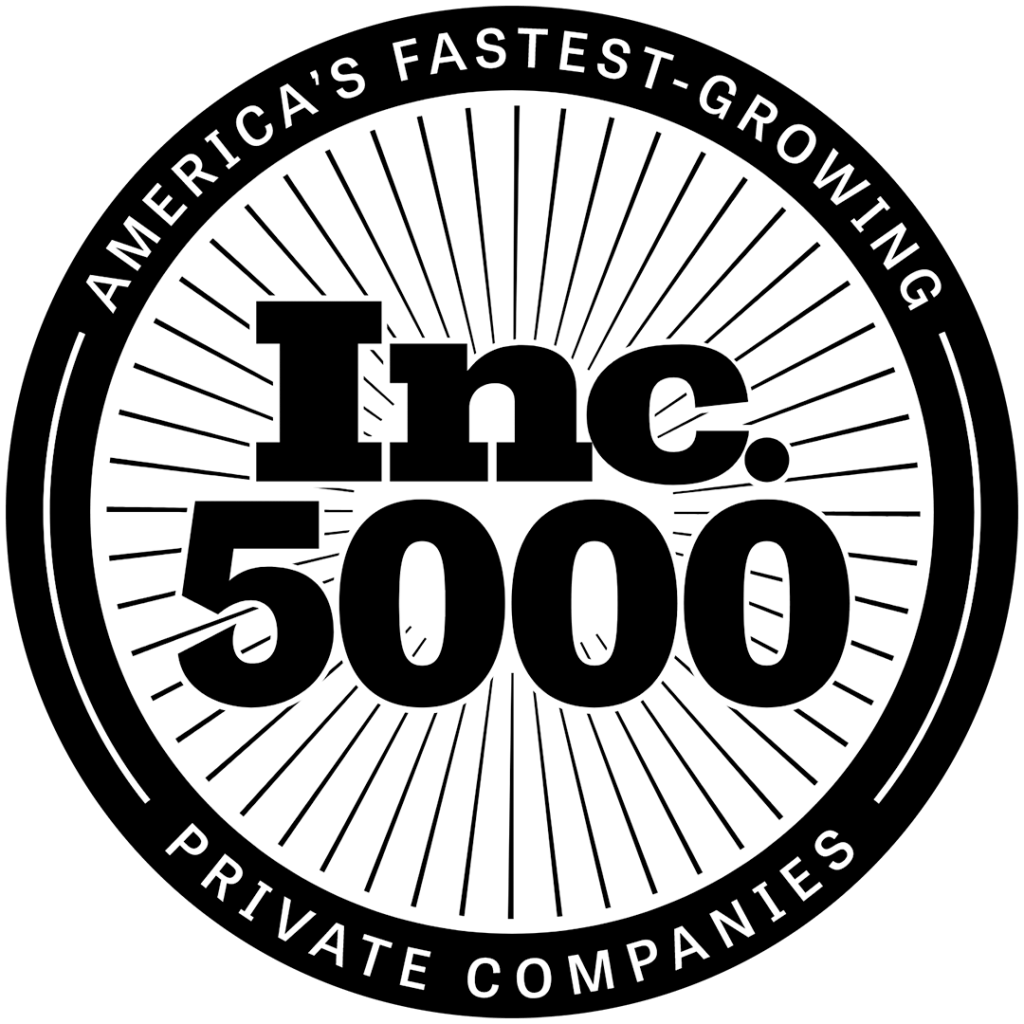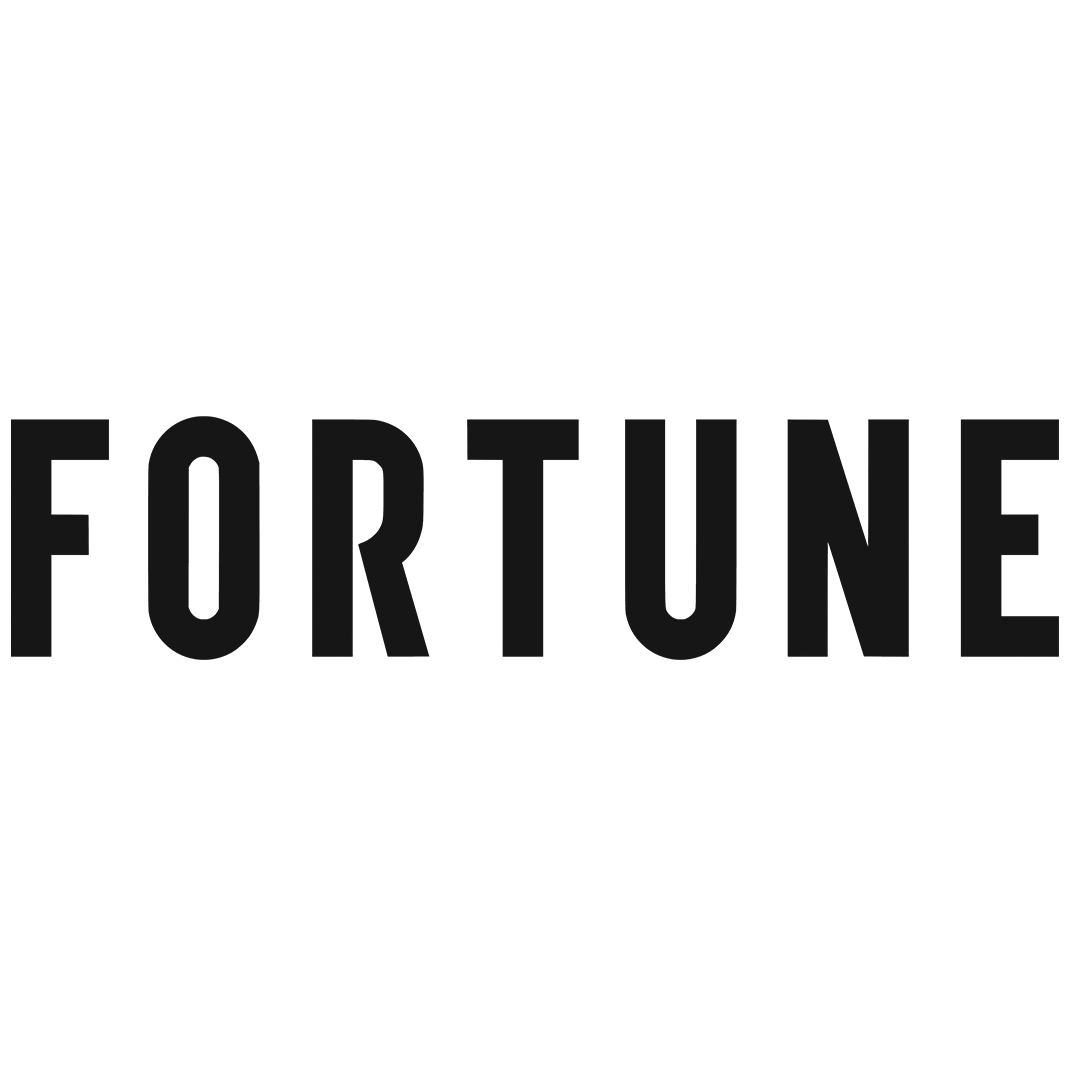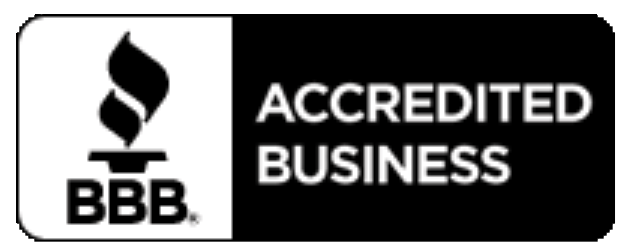Agency Trading Desk
Success Guide











Programmatic advertising is a robust digital advertising ecosystem. It’s a data-driven, algorithmically enabled, biddable marketplace.
If you want to create an agency trading desk, or a digital ad buying business unit, there are 7 steps to take. Here are the resources you’ll need to make your agency trading desk successful. I know, because I created a business with this model in mid-2010 for an agency, and then again in 2013 for myself under the Brill Media banner. We are an Inc. 5000 company with agencies that trust us to run their programmatic advertising, search, and social campaigns.

You might already know what you want to offer, especially if you are an existing agency that serves clients with out-of-home ads, direct response television, creative development, search engine optimization (SEO), and/or a social media practice. The digital ad buying unit will add to your existing services, so it’s important to create a business that amplifies the best of the work you currently do.
For example, an out-of-home business may use a digital ad buying business unit as a way to usher in the use of data and digital ad delivery for the out-of-home business. A direct response television agency will build a video focused digital ad buying unit. A social media agency will deploy automation and data in social across Meta, TikTok Snapchat, LinkedIn, X, and Pinterest.
Make your offering complimentary so that you have a roadmap of familiarity as you create a digital ad buying unit.

There are charts, like the LUMAscape, which lays out the view of the programmatic advertising ecosystem. There are many different types of companies in the programmatic ecosystem, and that programmatic ecosystem is becoming synonymous with digital advertising, which itself is becoming synonymous with advertising. So, from here on out, everything we talk about is data and automation.
If you are a media buyer, you are using ad buying platforms available from social platforms, search platform, programmatic platforms, and retail media networks.
Social Media Ad Buying
With these logins you are buying ads across top social media platforms. Ads will appear in-feed, and they include robust consumer data targeting.
Search Advertising
Reach people who are searching keywords. Appear when it’s likely that your ad will solve the consumer’s need.
Retail Media Networks
Deliver ads to people who are on a retailer’s site. Leverage the retailer’s shopping data to reach your core buyers on their platform.
These walled gardens are separated, each require a login, and they are all free to use.
Demand Side Platforms (DSPs)
DSPs are data-driven tools used by media buyers to reach consumers on the open web and in a variety of omni channel environments, including connected TV, digital out-of- home screens, and digital audio.
Native Advertising
Deliver ads to people in-feed of news, sports, blogs, forums, and other website publishers. Leverage consumer data and ad variations to customize creative.
From the perspective of competition, everyone with a computer, an internet connection and a Facebook account can run Meta ads. It’s undifferentiated, and the two most popular platforms for advertisers. In fact, in 2023 49% of digital advertising is spent on these two platforms.
These are the tools available to you as a buyer, and, if you are a buyer, you need to make a decision about the tools you want to use.

Most companies will want access to Meta Business Manager and Google Ads. If at any time you want to buy on the other social platforms, simply login and get free access to their ad buying tools.
The more difficult decision comes from the DSP(s) you choose to work with.
The decision here is based on a number of factors. In order from most important to least important, here are the decisions to be made that will lead you to the platform of choice.
Each one of these questions plays a role in the platform you choose. I’ll go into some details below.
What Do You Want To Do With It?
If you want to buy digital out-of- home ad space, then you want to focus on Vistar and Adomni. Vistar is a digital out-of-home DSP. They are the largest and the oldest in the space for digital out-of-home. Adomni is making waves in digital out-of- home. Hivestack is in Canada for digital out-of-home.
If you want to buy video, mobile, or connected TV, look at The Trade Desk and Roku Adobe is video-first.
There are smaller DSPs that are mobile-first, including RTBIQ.
What Types Of Clients Do You Want To Run?
If you’re running anything that’s not controversial, this won’t be a factor.
If you want to run cannabis ads, betting ads, or tobacco, many platforms won’t accept these types of advertisers. The ones that do will accept some, but not all of them. Look at Mantis for a CBD demand side platform.
Which One Is Easiest For You And Your Buyers To Use?
If you have buyers on your team with past experience, and these are the buyers who will be using the platform, they should be super comfortable with the platform. If you’re completely new to this, then there is no past comfort.
It’s good to consult with trusted advisors to get their points of view on which platform is easiest to use in the marketplace.
Which Platforms Can You Afford?
These platforms require minimum annual spends, so you are definitely investing in the growth of your business as you partner with these platforms. You may be priced out of access by the minimums.
What leeway will you have if you under spend? Can you have a ramp up period to achieve spending goals?
Which Platform Has The Features You Are Looking For?
The features that you may want to look for include the ability to onboard data at lower costs than the market rate. The Trade Desk offers The Data Alliance, along with the ability to keep data costs down by buying the generic version of data segments.
Does the DSP use ads.txt, which guarantees that the ad seller is who they say they are?
Is it easy to turn on data from outside sources like Foursquare (formerly Factual) and Oracle (which bought Grapeshot)?
Is pre-bid brand safety available?
How robust is the contextual targeting capability?
How are bidding decisions made?
How does the platform support bid shading?
Are higher-level buying types accepted, like programmatic guaranteed
Are there platform-wide private marketplace deals available?
How easy is it to actually turn on a campaign?
How is AI and machine learning augmenting your work?
How quickly do you see data from the campaign? In some platforms the data updates in hours, and in others it’s minutes. Do you need updates in minutes? If so, then look at Basis.
Which Platform Features Are Nice To Have, And Which Are Critical?
Be able to differentiate between critical features and nice to have features.
There are features you’ll use 90% of the time that need to be right for you,and there are features you’ll use 5% of the time. Know the features that are critical.
For example, a lot of a media buyer’s time is being spent creating campaigns and looking at reports. Both of these capabilities should be easy to use for the buyer.
If your business is set to build on top of the log file reports, then output here is important. If you’ll never do this, or it’s 1-2 years away, how log file data is output shouldn’t be particularly impact your decision making process.
How does data flow into your visualization platform? Is it by a secure email being sent, or an API connection? Are there costs associated with any of these use cases?
What Technology Does Your Tool Integrate With?
You may want to pull log file data out of the platform and use it to modify algorithms on top of the data, or you may want to show dashboards to clients with platform data.
Does the platform support your needs when it comes to building on top of the platform?
Which Platform Organizes Data In Ways That Let You Do The Most With It?
Buyers are going to be in the platform every single day. The data that comes out of the platform should be actionable. Is the data presented in a way that lets your team understand the story of the campaign, define insights, and make changes effectively? Some platforms rely on Excel documents, while others rely on charts and tables.
Understand how various platforms look at data and whether you expect to use it effectively.
Which Is The Platform’s Approach To Cookieless Targeting
Does the platform integrate with a data graph or deploay artificial intelligence to ensure users can be targeted effectively?
Which Platform Offers The Best Customer Service For Your Business?
Will your client success team respond back to you in a pinch?
Do you get good answers from your support team at the DSP?
When it’s important and time is critical, this will matter a lot.
Which Has A Culture And DNA Fit That Matches What You Are Looking For?
Does the company you’ll be partnering with stand for the ideals that your company stands for?
Do you like these people?
Do they become an additive part of the work your agency is doing?

Once you’ve signed the agreement with your DSP partner, the goal is to start using the tool quickly. The key elements to learn are the levers you have available to drive performance for your clients. Here are some core elements to look for:
Topline Structure
In most DSPs, there’s a set structure,and many times they are called by different terms across DSPs. They mostly follow the structure of advertiser, campaign, ad group, and creative. All the campaigns are stored under an advertiser. Within one campaign, there can be 1 to 100 ad groups. Each ad group runs a set of creative executions.
Financial Guardrails
This is the knowledge you need to ensure your campaign doesn’t spend more than you want it to.
You may have a campaign level spend, an ad group level spend, and a daily spend. The engine may be set to pace evenly by day, pace evenly to the budget for the campaign, or to speed up delivery as soon as possible.
Bidding Strategy
What’s important here is being able to predict how much you’ll pay for media. The more you’re able to predict outcomes, the better!
Will you pay as much as you bid?
Will you pay a penny more than the second-highest bidder?
Will the platform automatically increase bids?
If so, what’s the max range? What are the rules to optimize up or down, and what makes the platform bid up or down on certain inventory?
Platform Extensions
If you want to buy data from a partner not integrated into the DSP, how does this happen?
Can you import tools to create your own bidding algorithm?
Data Targeting
Packaged into your DSP partner are likely over 200 data sources, including Acxiom, Nielsen, Experian, Oracle, and Mastercard. These sources offer about 1,00,000 different audience data sets. You will also have the ability to onboard data from partners, as well as place pixels into sites to collect website visitation data.
It’s important to know where it’s OK to combine data sets and where doing that hurts the buy or dramatically increases the cost of data. It’s also good to know where you can find deals on the data.
Separately, vet data companies to understand their methodology for sourcing and packaging the data. Understand what the definitions of important data sets mean.
Important Peripheral Tools
These tools are super important and critical to success because they prevent buying fraudulent ad inventory. They give buyers the ability to buy in brand-safe environments and pick categories of acceptable and non-acceptable inventory adjacencies. Finally, these tools provide a space to turn on targeting to specific lists of apps and sites, or to block apps and sites.
Contextual Targeting
Use page-level information to determine where to serve up ads. This has been a big opportunity up to this point, and as privacy regulations become stricter in the U.S .,contextual targeting will become increasingly vital to how ads are bought.
Optimization Signals
As you onboard a new DSP, formulate an optimization strategy for campaigns. They don’t always have to be the same, but they should be defined with the organization. Within your company, what are the best practices? There are many opportunities to optimize, including supply source, site list, time of day, ad group, operating system, and device. Get familiar with how these signals look in the platform, along with how often they update and nuances to the reports so you know how to define the clearest campaign insights.
Further, reports are available that detail the path to conversion, frequency to achieve specific outcomes by campaign, and other very tactical details.
Pixels and Addressable Outcomes
How are pixels created?
When should image pixels be used, and when should JavaScript pixels be used?
Do you have a standard operating procedure to ensure pixels are placed and firing correctly?
How many conversion attributes can be tracked on a sale?
Can each attributable sale track revenue?
Once placed, know how quickly you can expect to see outcomes (such as revenues) and leads show up in the DSP’s reporting view.
Uploading Creative
Know how to upload creative, assign them to different groups, bulk change creative names, test that creatives animate correctly, and test that creatives click to the right landing page.
Private Marketplaces
Know the process to set up and turn on private marketplaces from inventory partners.
Most platforms have a set of rules on the campaign and ad group levels that need to be deployed to ensure that when a private marketplace is turned on, it actually delivers. Expect bumps in the road because this process is fraught with technical challenges on both the publisher side and the buyer side.

Now that you have a digital ad buying unit, here is a brief overview of your team structure.
Director
This person is responsible for team structure, achieving goals, answering client questions, answering strategy questions, onboarding new capabilities, and managing the financial parts of the business. This person brings in new products and capabilities, and defines how the business talks about them. This person not only manages the team that reports to them, but also manages up to the senior people in the agency.
Supervisor
The supervisor is responsible for trading activities and getting the work done that needs to get done, and answers questions about setup, ad ops, campaign goals, performance, etc.
Account Manager
This is the communicator who liaises with the client and the internal groups.
Trader(s)
These are the day-to-day buyers. They need specific direction, key performance indicators (KPIs), and tactics spelled out to be effective. You will need specialists for search, social, and programmatic media.
Ad Operations
These people help with creative, quality assurance (QA), pixel placement, setting up Google Tag Manager, and testing.
Dashboard Lead
With ad operations or a trader, you’ll need someone thinking about dashboards. This person can be a separate and dedicated role who looks at APIs and keeping connections live between platforms. The big work here is ensuring the dashboard reflects accurate data based on the setup and needs discussed with the client. Dashboards require constant upkeep. Data needs to be manicured, and data streams between ad platforms and visualization platforms may fail, and require updates.

There will be a learning curve if this is the first time you are building a trading desk. Learn the process, refine quickly, and define a set of procedural elements so that every person on the team knows their role and the tactical steps to move the campaign forward. Standard operating procedure (SOP) will be a big asset for your team.
If you are onboarding this digital ad buying unit for the first time, here are four things you need to know for it to work well within the larger organization.
Accept The Difference Between Strategy and Activation
The people who do strategy and account management are thinkers. The people who buy digital media are activation experts. Strategy and account people usually have the benefits of time and planning to get their deliverables out the door.
These professionals often gather information, organize it, present it for approval,and get sign off.
By comparison, activation people are doers. They are tasked with bringing the vision the strategists and account team created to life. To turn on a campaign, the activation team must make lots of little decisions to achieve the desired outcome.
If that decision isn’t written out for them, it’s possible that the account person has a different vision than the media buyer.
The best practice, therefore, is to spell out, in painstaking detail in a single document, every possible decision the buyer will have to make. To ensure all parties are on the same page before a campaign launches there should be a kick off call between the account team,the strategists and the media buyers to discuss in detail the elements of the campaign. Internal workbooks should document daily activities, including optimizations.
Activation people look at pacing, performance, click-through rates (CTRs), leads, sales, and foot traffic. They get excited about an above-average click-through rate, a site that drives a massive return on ad spend, and inventory sources that scale. In other words, the activation team is deep in the weeds, and they need a strategy and account team that sees the overview.
Develop Robust Communication Infrastructure
The strategy and activation teams should meet daily,or at least very often. Work to over-communicate on elements of the media activation plan. Discuss trends on the campaign as they are happening—and before too much time or money has been spent in any specific direction. Create redundancy so that individual points of data are seen by multiple buyers and people on the strategy team.
Have a single document that defines every aspect of the buy. If it’s not on that one document, it’s possible the buyer won’t do it.
This document is often the media plan.
Develop A Cohesive Story-Telling Machine
Connect the account team and the buying team so that a singular story is told to match the intention of the campaign, and is driven by campaign data.
Expect Rapid Changes Within The Campaign Flight
Expect the media campaign to look very different as it comes to an end than when it started. Have the dynamism within the organization, and the communications lines open with the client, to be able to react swiftly to campaign trends. This is the heart of campaign optimization. Be open to this change and let the data be the navigator.

Once this buying team is integrated into your business, maybe a year in, there are auxiliary opportunities that will develop. Here are a few ideas:
Ongoing Programmatic Creative Development
Creatively, you now have infinite opportunities to develop messages that will target very narrow audiences. You can deploy dynamic creative to accomplish this goal, or you can work with designers, in-house or outside of your organization, to continually test different creative iterations.
The key here is that with multiple platforms and so many messaging combinations, there is work for ages here. Minimum quality has to be there, and each agency has their standard for what that means. Quantity is king here because contextually relevant creative to the audience will win.
Content Marketing Amplification
If it’s in your DNA to develop a story, content for that story, and context for those stories in the platforms that you post in, you’ll get a lot of incredibly valuable marketplace feedback. This has nothing to do with ad buying, but it will shortly. If you post hundreds of pieces of content for your clients, the marketplace will tell you the best creative, messaging, format, platform, pricing, and visuals that most resonate with your customers. The top 10% of messages should be amplified with paid media. For example, the best write-up on LinkedIn should be amplified as native ads. The best image on Instagram should get amplified as an IG ad. These messages become the creative testing setup that are then infused into your ad buying framework.
Develop Custom Audiences
Let’s say you have a pulse on a niche audience. I’m a big fan of the LA foodie community. It would be valuable to have pixels placed all over foodie blogs for people who live in LA. Capture the visitors of foodie blogs in LA, go to restaurant owners who want to reach passionate food consumers there, and sell them ads targeted to people who visit food blogs.
This is a narrow audience, but it’s valuable for a restaurant. To make this something that’s a robust business if you want to grow it, you will need to onboard a data management platform, but to start, you can do this with existing DSPs without special tools.
Productize Your Solutions
DSPs can do so much that with one DSP, five different companies can specialize in five very different types of businesses. For example, a business with The Trade Desk can focus on hyperlocal, connected TV, native advertising, product remarketing, or niche trade publications.
For many years Brill Media was a hyperlocal advertising company. Since then we pivoted to more general media buying. You may find that half of your customers fit within one specific niche, say restaurants, and in that niche there are five solutions partners that work really well when combined together.
For example, you may take the custom audience idea from above, pair it with Jivox’s dynamic creative solution, deploy a proprietary creative testing process, deploy your own data from website partnerships, and now you have a product unique to your business. The elements of the product can be used in a myriad of ways, for a myriad of clients, but you’re using them as the Restaurant Agency Value Engine (RAVE). This ends up being audiences + dynamic creative + testing methodology + creative framework. This fundamentally changes how you go to market and what you sell, and gives your agency a unique selling point.

Your organization increases in value because you are much closer to the data and the tactical decisions that drive business than you were before when you either didn’t offer media buying or you outsourced it.

Your buying team has a pulse of the key levers that make exponential differences on campaigns.

You expand services as clients ask you for more creative services, analytics services, and media buying services. Alternatively, since you’re so close to the source, you now offer new media channels that were not available previously, such as connected TV ads.

Your inventory costs have dropped, and/or you have a new profit center.

You’ll find solutions that work, that become core parts of your business, and lead to productized packages.

Don’t drown in data.

There are no more barriers between the agency and the buying team, so a misplaced decimal may mean spending $10,000 in a week instead of $1,000 in a week, and once it’s bought, there are no “make goods.”

There will be a learning curve until cadence and DNA are established

Don’t be overwhelmed with the new solutions or the bells and whistles in the marketplace.

Don’t let the shiny new toy take you away from the fundamentals that built your business.

Focus on client business fundamentals and addressable key performance indicators.

Redundancy is key from top to bottom. Errors should be caught. Deploy a standard operating procedure (SOP)

Cross-train the team on all platforms so there’s backup and redundancy in how campaigns are being reviewed. Also, find the best people for each platform. Once a person finds their place, make them the expert.

Storytelling is key in this business, and ensure the core elements of your business stay the same; let digital media expand the mission of the company rather than change it.

The market changes every three to six months. New vendors pop in, and new solutions are available. Keep new in mind and look for opportunities to test, but stay focused on the things that work the best.
The targeting must be right.



Data tells you how to get to your destination.

Storytelling helps clients contextualize data.

Connected TV Is Driving Programmatic Growth

Digital Is 74% Of All US Ad Spending

Programmatic is 91% of All US Digital Ad Spending

US Retail Media Spending Is $45B In 2023

Meta and Google Take In 49% Of All Digital Advertising In 2023

Work with senior advertising professionals who keep clients informed through every step of their advertising campaigns.
Unlock comprehensive paid media scaling systems to propel your business growth. Leverage 37 ad different platforms, over 1MM data segments, and 220 top data companies.
Maintain 24/7 access to your campaign details with an interactive dashboard that updates daily.
Use the methods and practices that work right now to grow businesses with a team on the front lines of digital advertising.
Supercharge your performance media buying 🚀





